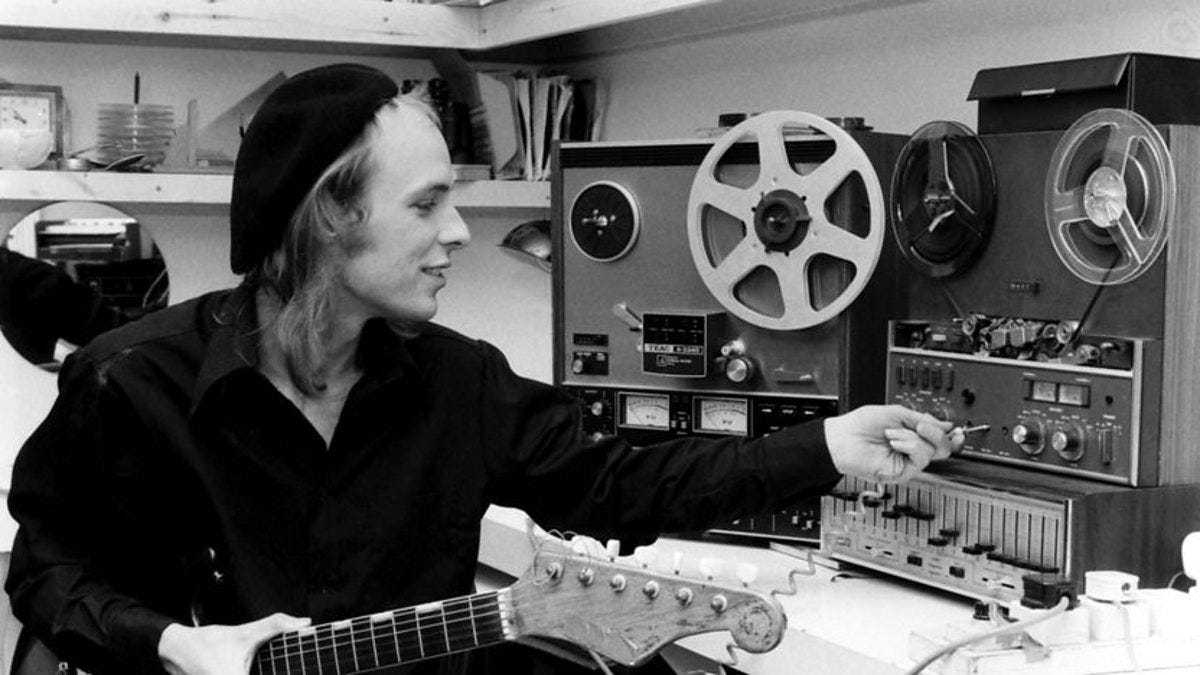Brian Eno: The First Four
The godfather of ambient music, hit producer, and art rock pioneer's quartet of vocal albums is a view into the mind of a genuine genius.
Keep reading with a 7-day free trial
Subscribe to What Am I Making to keep reading this post and get 7 days of free access to the full post archives.





